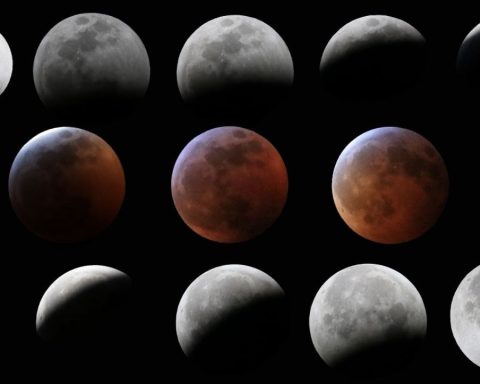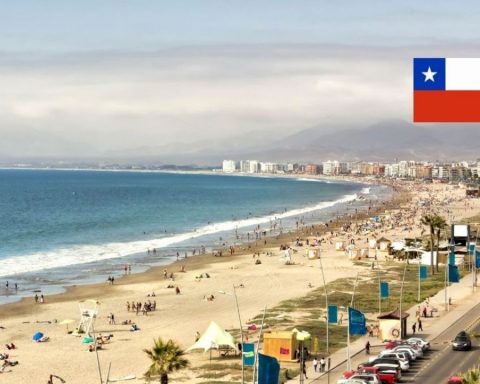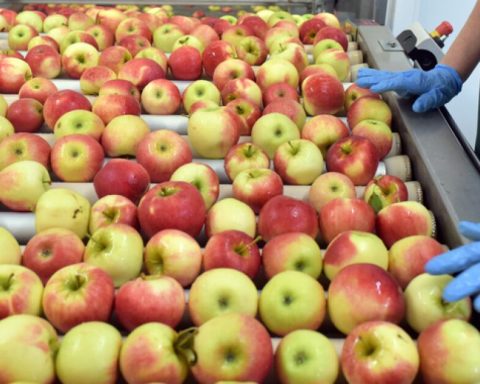On Thursday, December 15, the warmest afternoon of the last three years was recorded in the Metropolitan Region, with thermometers marking 36.6°C, according to data from the Chilean Meteorological Directorate (DMC). Likewise, the agency projects that the capital will register temperatures above normal during the summer season and, despite the fact that we had a winter with more rainfall than 2021, we continue with a 40% deficit that keeps us in the most serious water crisis in the one that is recorded in our history that lasts for 14 consecutive years.
For this reason, today the Ministry of Public Works and Aguas Andinas made an urgent call to the public to make responsible and conscious use of water just before the end of the year holidays, dates on which consumption increases significantly. . Thus, during the holidays, average daily consumption rises 25% at Christmas (December 24) and up to 30% in preparation for New Year (December 31), with peak hours between 4:00 p.m. and 10:00 p.m. , and reaching a peak of 40,000 liters per second around 8:00 p.m.
Thus, and to have an idea, only in the New Year about 580 million liters are consumed more than on an average day, which is equivalent to the additional consumption of 3.2 million people in one day.
The Minister of Public Works, Juan Carlos García, pointed out that in view of the increased consumption on these dates it is necessary to modify habitual behaviors. “The increase in consumption on Christmas and New Year’s Eve is tremendously significant and we need to maintain as a society the awareness that water is a scarce resource, that we still live in a permanent drought that requires everyone’s effort to be able to address it,” said the authority.
In addition, Minister García referred to the fact that they are currently working on a water efficiency law with which they hope to update the tariff process with the aim of encouraging families and institutions that have below-average consumption to pay less than those that are exceeding the averages.
Likewise, Eugenio Rodríguez, director of Clients of the utility, called on the inhabitants of the Metropolitan Region to “make responsible use of water due to the complex scenario of water scarcity that persists in the central area of the country and that has been accompanied by of intense and extensive heat waves. Especially, in the hours before the festivities where there is an intensity in the consumption concentrated in a few hours. The lack of precipitation and high temperatures are some of the effects of climate change that are reducing the available water in the basins. For this reason, it is necessary that, among all of us, we adapt to this new reality, so a good alternative is to diversify and plan the activities”.
Hydraulic Efficiency Plan
To efficiently manage the drinking water network, Aguas Andinas has a hydraulic efficiency plan that considers new technologies and infrastructures for nearly US$100 million of investment, which began to be implemented in 2018. “To date, innovations such as satellite tracking, acoustic methods, and tracer gas have already been put into operation to detect potable water leaks not visible on the surface. These new technologies allow 100% of the network to be monitored online 24/7, which corresponds to more than 13,000 kilometers (for reference, there are 10,770 km between Santiago and Madrid), through its Operational Control Center”, explained Eugenio Rodríguez.
Additionally, state-of-the-art technologies have been implemented to detect drinking water leaks that are not visible on the surface, for which Aguas Andinas annually covers more than 5,300 kilometers of network on the ground, repairing everything that is found.
The Distribution Operational Control Center was inaugurated three years ago, with outstanding results in this period: The search for and repair of leaks not visible on the surface during 2022 has allowed the recovery of 620 liters per second of production, equivalent to the annual consumption of 295,000 people, more than that of a city like Concepción.

















